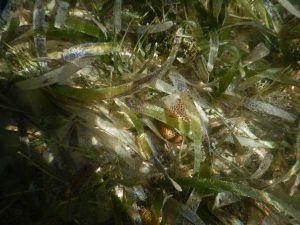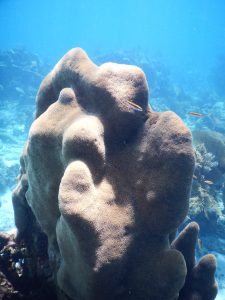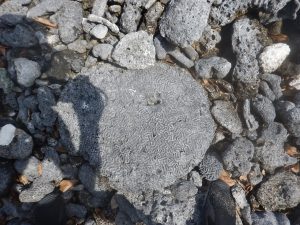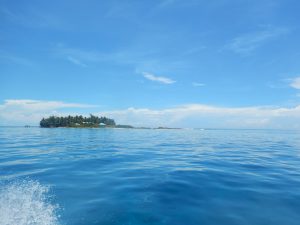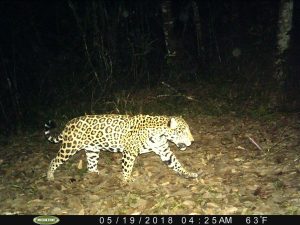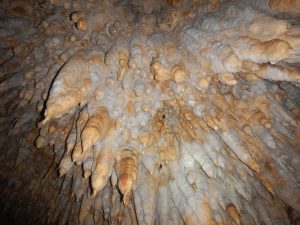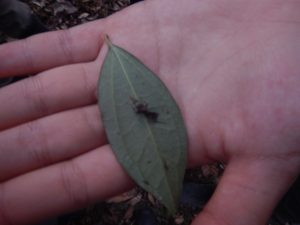Day 12: May 26th 2018, Glover’s Reef
Today we woke to an american breakfast of pancakes and bacon and a surprisingly easy morning. We compiled our data from our live hard coral coverage and the sea urchin biodiversity and size. We analyzed our data all morning and presented our findings on a poster for Professor Solomon. We found that there appeared to be significantly more coral coverage in the marine protected area than the non marine protected area. We also were unable to reject the null hypothesis that stated there was no difference between sea urchin biodiversity and size between the marine protected area and the non marine protected area; however, we decided that more testing should be done. We essentially concluded that our data indicated that the reefs in the marine protected area were healthier than the reefs in the non marine protected area but further testing should be done to confirm.
Before lunch, we started our lecture for the day with Anemones, Corallimorphs, and Zoanthids. After lunch, we continued with lectures in Red and Brown Algae and Invasive Species. Then, around 2 pm, we got our snorkel gear on, and waded out past the side of the island. Here’s where things are get exciting. We started to collect things off the benthos and place them in bucket for later analysis including conchs, crabs, anemones, etc. Meanwhile I notes several interesting corals in the seagrass and coral patches by the island including Grooved Brain Coral (Diploria labyrinthiformis), Symmetrical Brain Coral (Pseudodiploria stigosa), Thin Finger Coral (Porites furcala) in the reef patch a few hundred feet out from our island. I also saw several small coral in the seagrass including Elliptical Star Corals (Dichocoenia strokesi) and Golfball Corals (Favia fragum) which were no more than a few inches and embedded into the substate within the seagrass. Golfball corals are particularily amusing because they look like someone loaded a golfball in the benthos and forgot it there. We also saw several interesting fish including a nurse shark lying on the benthos.
Once we got back from snorkeling with our bucket full of sea creatures, the fun continued. We separated our findings into categories from green algae to crustaceans. Unfortunately two pieces of live hard coral had made their way into the bucket on conch and substrate. One was a Lesser Starlet Coral (Siderastrea radians) and an incredibly small unidentified piece. I wish we had Adrienne’s expertise here. On a lighter note, we had some interesting findings, including a Mantis shrimp, a Star-Eyed Crab, two Donkey Dung Sea Cucumbers, and a small octopus. Also, I finally learned how to feel comfortable picking up small crabs!
After all the excitement, we had dinner, sat on the deck watching the water, and then had a lecture on the History and Culture of Belize. I think we’re all a little closer after today and all in understanding that this island truly is a paradise.

